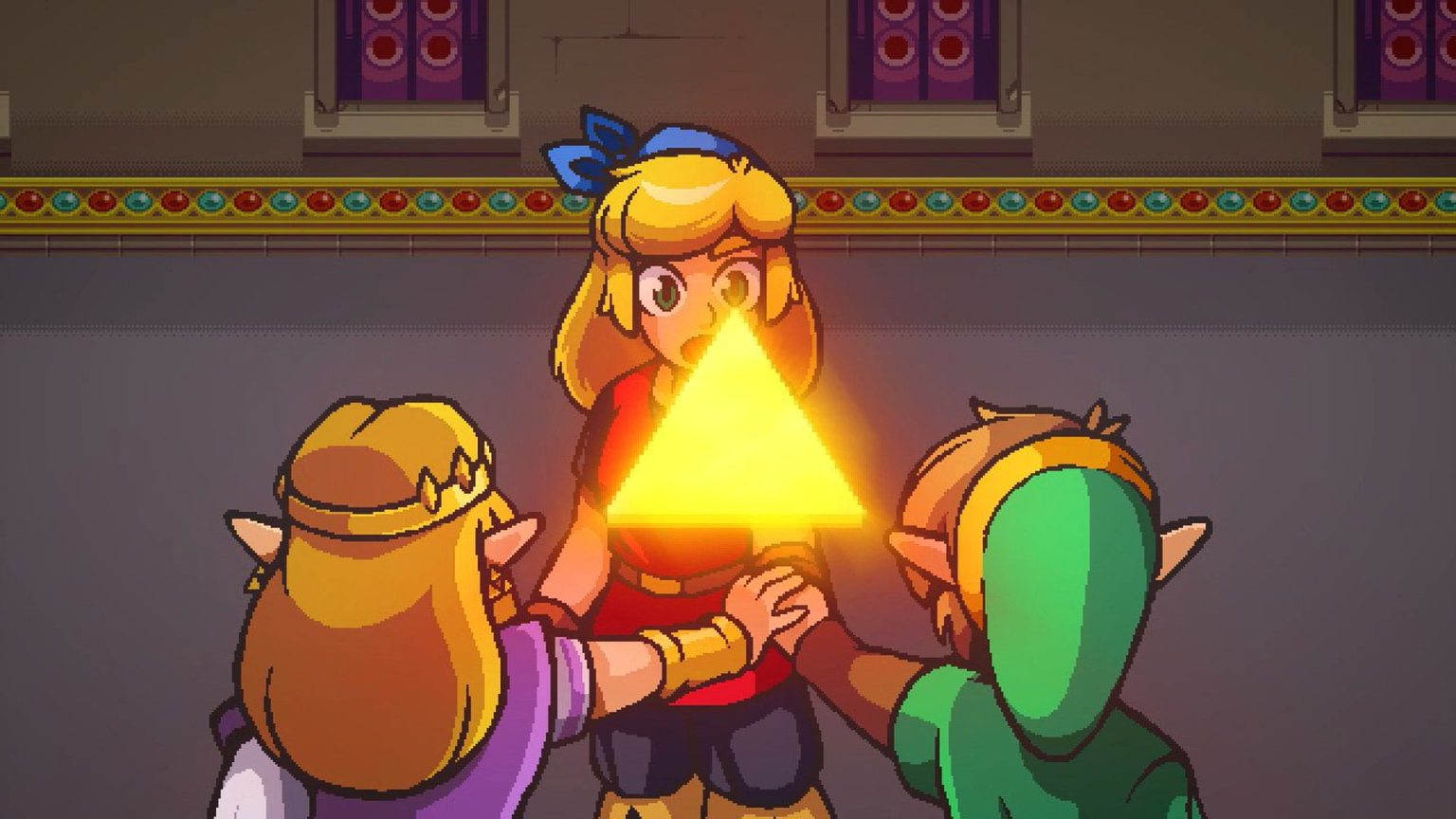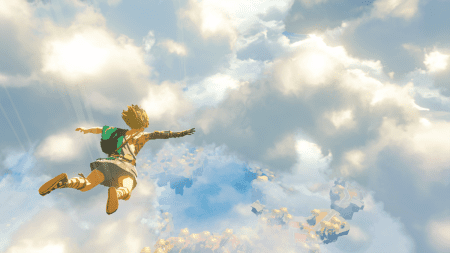Bringing Interactive Music Back to the Zelda Experience
When The Legend of Zelda: Breath of the Wild took the gaming world by storm two years ago, it amazed players with its massive open world, improved traversal mechanics, weapon variety, and breathtaking scenery. While I place it fourth in my personal ranking of Zelda titles (behind only Wind Waker, A Link to the Past, and Ocarina of Time in some order), something to me still didn’t feel quite right about the Wii U/Switch masterpiece as I sunk over 100 hours into it. After playing Cadence of Hyrule, the latest Zelda spin-off, which uses the mechanics of Crypt of the Necrodancer, I now realize what was missing: the integration of music as a core gameplay mechanic (Kass doesn’t count).
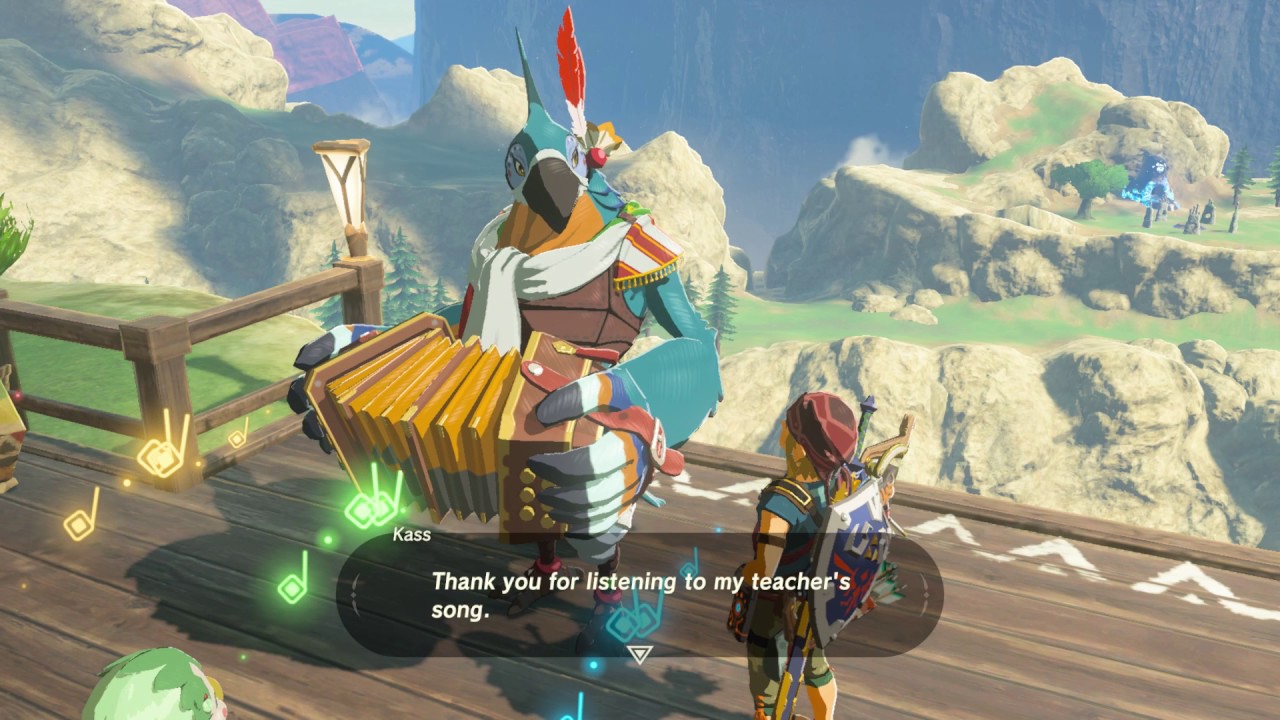
To be clear, this isn’t a knock on Breath of the Wild’s musical chops. The game’s soundtrack is as enchanting and epic as any in the franchise, with soft piano riffs and flute harmonies perfectly complementing the title’s focus on atmosphere and environmental variety. But that’s the issue: Music plays no other role in Breath of the Wild beyond background noise, a way to remind the player that the sounds of Hyrule go beyond what nature and combat provide. Contrary to many other entries in the franchise, Breath of the Wild does not utilize an instrument, singing, or anything else that wields the power of music, which disappointed me when I first played it.

Cadence of Hyrule, however, leans heavily on music for its gameplay, not just in the way the player must move and act to the beat in order to progress, but through environmental puzzles and even dungeon boss designs. The indie game also brings a playable instrument back to the fold, as you have to play a magical lyre in order to fast travel. The remixed overworld tunes and dungeon themes not only remind me of the best music the series has to offer, but tie the player to the action itself, as moving in time with the beat is crucial to advancing through this treacherous version of Hyrule.
The indie hit is more than just a fun crossover for fans of Zelda and Crypt of the Necrodancer; it gets to the root of what people have always found so moving about The Legend of Zelda and its canon, namely the way the series connects players to the music of the world, and transitively its culture and history. Remember that “let me show you the song of my people” meme from a while back? While it was often utilized for jokes, it also underscores how much music plays a role in our lives and how much we associate certain instruments, progressions, and harmonies with particular cultures.
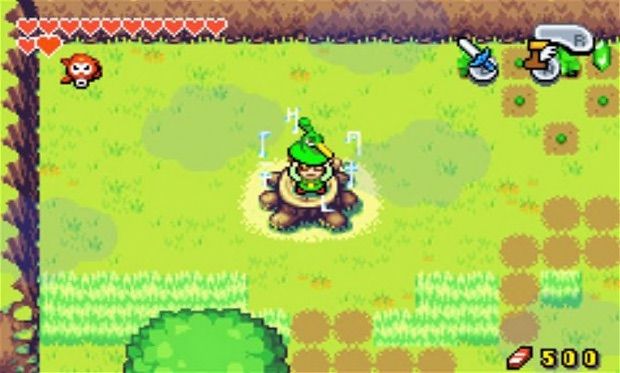
Starting with A Link to the Past, Zelda games have often included various tools and mechanics to link (get it?) the player to those cultures, a trend that was notably absent from Breath of the Wild. The role music plays in the Zelda franchise is especially evident in Ocarina of Time, Majora’s Mask, and Wind Waker, three of the most-beloved entries in the series. In Ocarina of Time, the titular instrument is key to not just traversing the world, but to meaningfully interacting with its inhabitants and locations. You can control the weather with “Song of Storms” and “Song of the Sun,” both of which the player learns from residents of Kakariko Village. “Saria’s Song” plays in the background of the Lost Woods and is taught by Link’s Kokiri friend Saria, who tells the player to use the tune as a method of communication with her (and, in a sense, with his home village). Similar mechanics are used in Majora’s Mask, with an added twist: Link’s instrument of choice depends on whether he is wearing the Zora mask, Goron mask, Deku mask, or no mask at all. Each instrument reflects elements of each respective society’s heritage, with Goron Link playing a set of drums (Goron music is very drum heavy) and Zora Link playing a guitar made out of a fish skeleton, a callback to the Zoras’ affiliation with the sea. In addition, the namesake tool of Wind Waker serves as a conductor’s baton that allows Link to control the direction and utility of the winds whilst also serving as a way for Link to relate to the Koroks and Rito, both of whom have their own traditions around music.
Other games in the series similarly focus on the relationship between the world and its songs, such as Twilight Princess’ wolf howling sessions and Spirit Tracks’ pan flute mechanics (which sucked, but still). Sequences like these separate Zelda as a concept from other high fantasy games, as they remind the player that a universe and a history exist outside of what the player can experience for themselves. These songs and our interaction with them make the worlds feel all the more real, and not in superficial ways, like the way AAA RPGs often try to be more “immersive” through better graphics and “realistic” AI. From the collecting of instruments to awaken the Wind Fish in Link’s Awakening to playing the Goddess’ Harp in Skyward Sword, music has played a fundamental role in defining the Zelda experience more than swords or magic ever did.
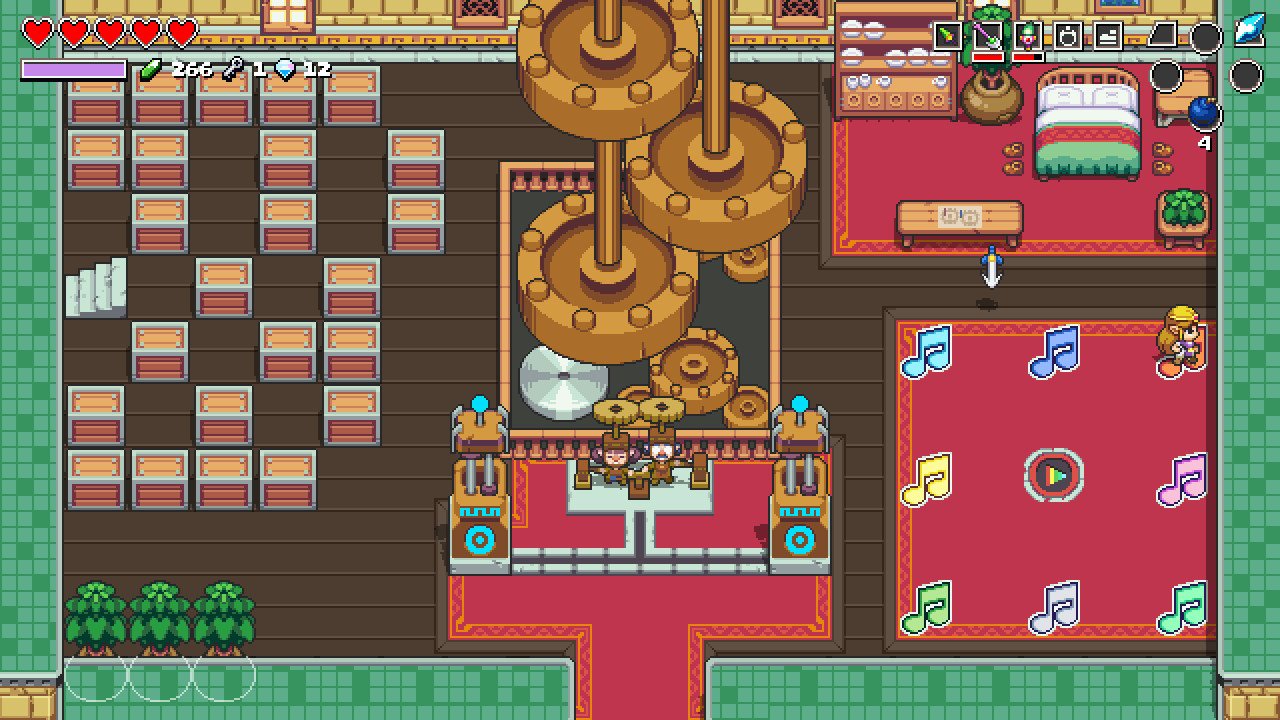
The series’ dedication to musical gameplay made the absence of such systems all the more apparent in Breath of the Wild, yet Cadence of Hyrule zeroes in on the beats and notes that have defined the games we all know and love. Sure, the rogue-like progression and short playtime remind the player that this isn’t a “true” Zelda adventure, but the game never wanders too far from that feeling when you hear beautifully remixed versions of the Great Sea theme from Wind Waker and realize that you have to pay attention to it in order to advance. Cadence of Hyrule doesn’t contain many of the same kinds of clever dungeon puzzles found in previous entries, but the occasional moments where you are tasked with hitting notes on the floor to play a familiar tune bring you right back into the Hyrule you know and love. It took me a minute to get used to the language and the flow of the spin-off, but feeling like I’m “playing” each song simply by moving makes Cadence of Hyrule feel like a classic Zelda title.
Don’t get me wrong: Breath of the Wild is an excellent game, and its orchestral score and soft piano strokes create some incredibly memorable musical sequences. I just wish the player had some greater role in the music of the world beyond just hearing it. Cadence of Hyrule, on the other hand, makes you one with the songs of Hyrule. It understands that music in Zelda games is more than just a collection of notes and melodies; it is essential to the identity of the franchise and the character of each region. Here’s hoping the recently unveiled Breath of the Wild sequel learns a thing or two from Cadence of Hyrule.
Sam has been playing video games since his earliest years and has been writing about them since 2016. He’s a big fan of Nintendo games and complaining about The Last of Us Part II. You either agree wholeheartedly with his opinions or despise them. There is no in between.
A lifelong New Yorker, Sam views gaming as far more than a silly little pastime, and hopes though critical analysis and in-depth reviews to better understand the medium's artistic merit.
Twitter: @sam_martinelli.


